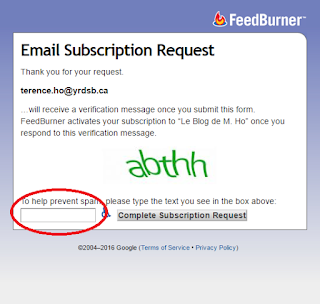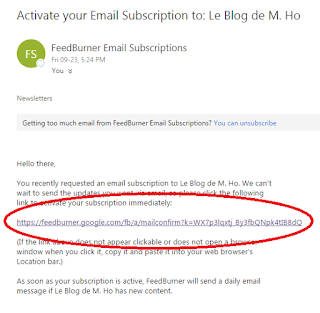- Hudson Bay Lowlands (Les basses-terres de la baie d'Hudson)
- Canadian Shield (Le Bouclier canadien)
- Great Lakes-St. Lawrence Lowlands (Les basses-terres des Grands Lacs et du Saint Laurent)
The definition of a physical region is:
A region which has similar geographical characteristics (landscape, climate, vegetation).
Une région dont les caractéristiques géographiques (les
formes de la surface, le climat, la végétation) sont généralement
similaires.
Students were then given a map to colour to show Ontario's three physical regions. Below is a map with labels showing the location of each region. The students' completed maps do not require the labels, but their legend should be coloured correctly.







